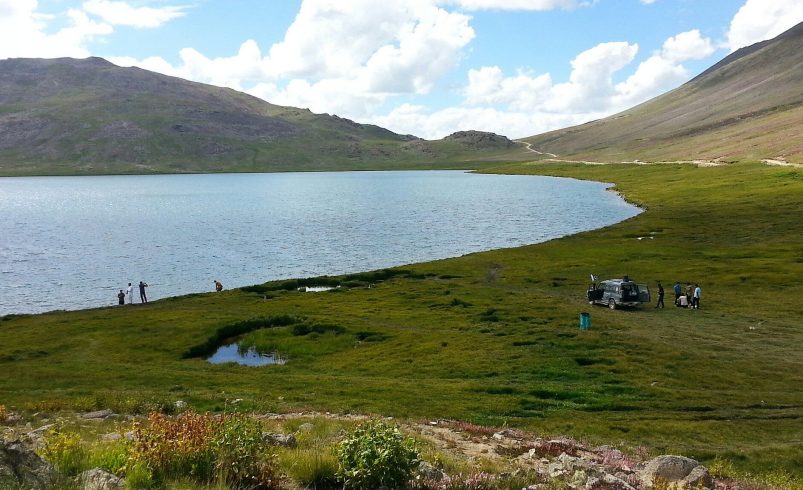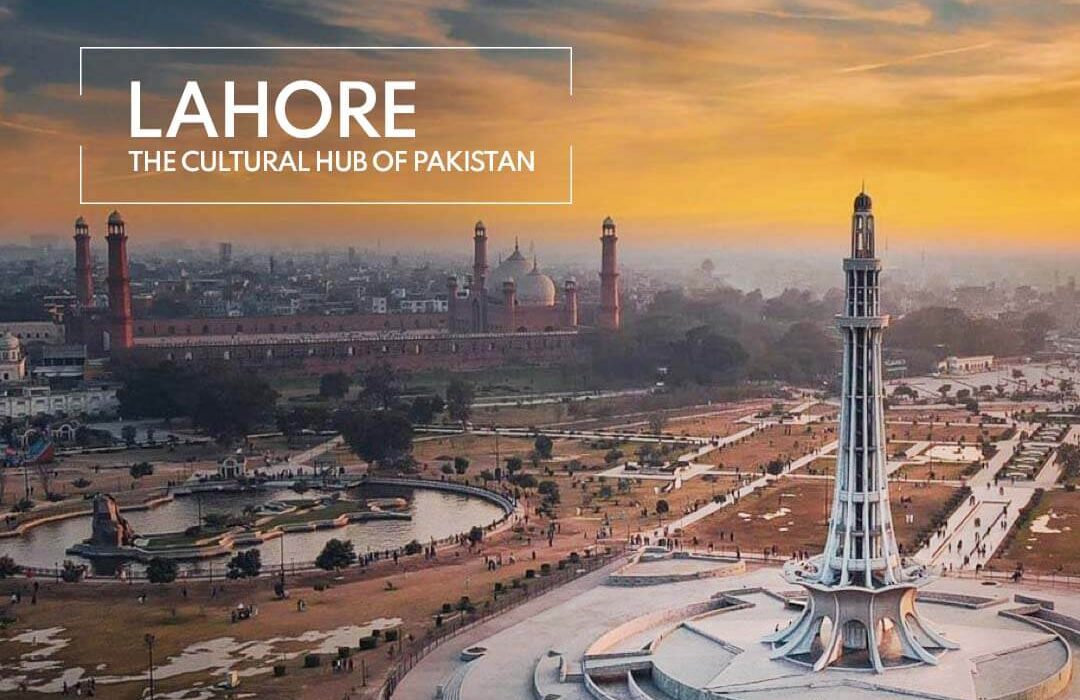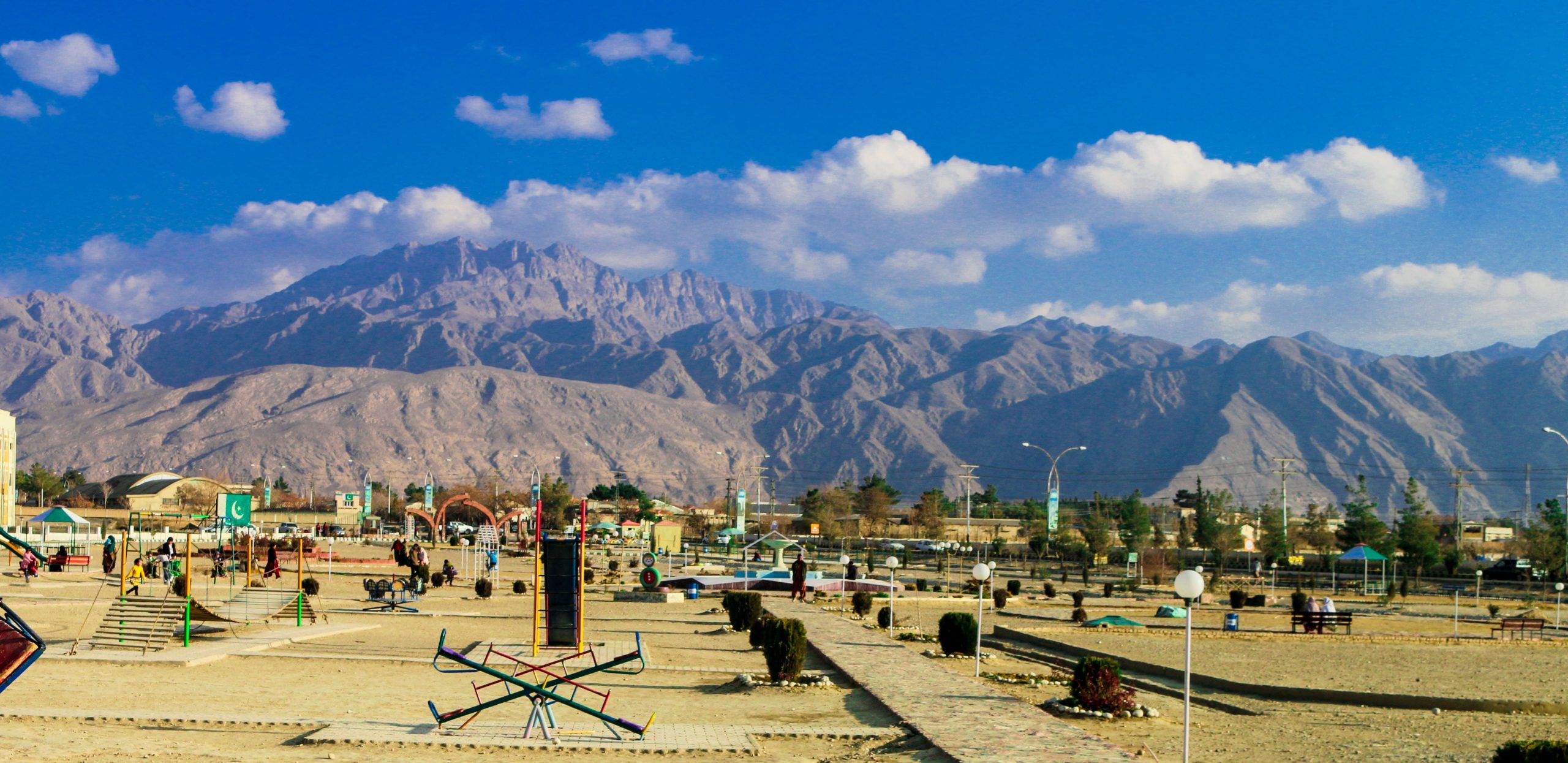
- June 10, 2025
Introduction
The Indus River Pakistan travel guide begins with one of the most iconic rivers in Asia. The Indus River, locally known as Sindhu, stretches over 3,000 kilometers, originating from the Tibetan Plateau and flowing through India and Pakistan before merging into the Arabian Sea. This river has not only supported human civilizations for millennia but also shaped the geography, culture, and economy of Pakistan.
Origins and Course of the Indus River
The Indus River rises from glaciers near Mount Kailash in Tibet and enters Pakistan through Gilgit-Baltistan, flowing through towering mountain ranges like the Karakoram, Hindu Kush, and Himalayas.
Major Tributaries of the Indus River
- Gilgit River
- Shigar River
- Hunza River
- Astor River
- Swat and Kabul Rivers
- Jhelum, Chenab, Ravi, Beas, and Sutlej Rivers
These tributaries form the mighty Indus River Basin, one of the largest in the world.
Cultural Heritage of the Indus Region
The Indus River has been home to ancient civilizations and modern cultures alike. Its most famous legacy is the Indus Valley Civilization, one of the earliest urban cultures known to history.
Major Cultural and Historical Sites
- Mohenjo-daro (Sindh): A well-planned city of the Bronze Age
- Harappa (Punjab): One of the main centers of Indus Valley Civilization
- Taxila (Punjab): A UNESCO World Heritage site with Buddhist ruins
- Sadh Belo (Sukkur): A sacred Hindu pilgrimage island
- Ranikot Fort (Jamshoro): Known as the “Great Wall of Sindh”
These places reflect the historical richness along the Indus River, making it a perfect destination for heritage travel.
Best Time to Visit the Indus River
Gilgit-Baltistan Section
April to October is best for visiting northern regions like Skardu, Hunza, and Gilgit. The weather is pleasant, roads are clear, and river activities like rafting are possible.
Punjab and Sindh Section
October to March is ideal due to cooler temperatures. This is the best time to explore cultural sites like Mohenjo-daro, Harappa, and Sukkur.
How to Reach the Indus River
From Islamabad
- To Gilgit-Baltistan
- By Air: Daily flights to Skardu and Gilgit
- By Road: Karakoram Highway, 14–18 hours by bus/car
- To Punjab (Harappa, Taxila)
- By Train: Routes to Sargodha, Multan, and Lahore
- By Bus/Car: Motorways M2 and M3
- To Sindh (Sukkur, Mohenjo-daro)
- By Air: Flights to Sukkur and Moenjodaro
- By Train: Direct trains from Rawalpindi
- By Car: National Highway N5
Places to Visit Along the Indus River
1. Skardu
- Location: Gilgit-Baltistan
- Attractions: Shigar Fort, Satpara Lake, Deosai National Park
- Activities: Trekking, rafting, jeep safaris
2. Hunza Valley
- Location: Gilgit-Baltistan
- Attractions: Altit and Baltit Forts, Attabad Lake
- Activities: Boating, hiking, cultural tours
3. Harappa
- Location: Punjab
- Attractions: Archaeological ruins and Harappa Museum
- Activities: Heritage exploration
4. Mohenjo-daro
- Location: Sindh
- Attractions: Archaeological ruins, museum, Buddhist stupa
- Activities: Historical sightseeing
5. Sadh Belo Island
- Location: Sukkur, Sindh
- Attractions: Hindu temples, religious festivals
- Activities: Cultural visit and boat ride
Activities to Do Along the Indus River
- Rafting and Kayaking in Skardu and Gilgit
- Trekking in the Himalayas and Karakoram ranges
- Historical Site Tours in Punjab and Sindh
- Bird Watching and Dolphin Spotting in lower Indus delta
- Photography and Cultural Tours in Hunza and Shigar
Local Festivals and Events
- Zakh Rally (Skardu): Traditional rafting event using wooden rafts
- Sindhi Cultural Day (Sindh): Celebrated along the river banks
- Silk Route Festival (Hunza): Showcasing northern music and culture
- Shandur Polo Festival (Chitral): Held near Indus tributaries
Nearby Places and Distances
- Gilgit to Skardu: 6 hours
- Skardu to Hunza: 5–6 hours
- Islamabad to Harappa: 5 hours
- Harappa to Mohenjo-daro: 9–10 hours by road
Travel Packing Checklist
- Warm layers (especially for northern areas)
- Comfortable hiking boots
- Power bank and universal plug
- Water purification tablets
- Sunscreen and insect repellent
- Personal ID and travel permits
Emergency Contacts & Health Precautions
- Rescue 1122: Emergency services
- Pakistan Tourism Development Corporation (PTDC): Info & support
- Local Hospitals: Skardu DHQ, Sukkur Civil Hospital
- Vaccinations: Typhoid, Hepatitis A, Tetanus
- Health Tip: Carry altitude sickness medicine for northern regions
Travel Tips
- Always travel with a local guide for remote areas
- Carry cash; many areas lack card facilities
- Respect local customs and dress modestly
- Check weather forecasts before river rafting or trekking
- Avoid monsoon season due to risk of floods in lowlands
Conclusion
The Indus River Pakistan travel guide invites explorers to journey through a river that has shaped civilizations, landscapes, and livelihoods. Whether you’re interested in ancient history, high-mountain adventures, or river biodiversity, the Indus offers a complete travel experience across multiple provinces of Pakistan. With proper planning, cultural respect, and a thirst for exploration, the Indus River is more than a destination—it’s a living, flowing story of the region.






